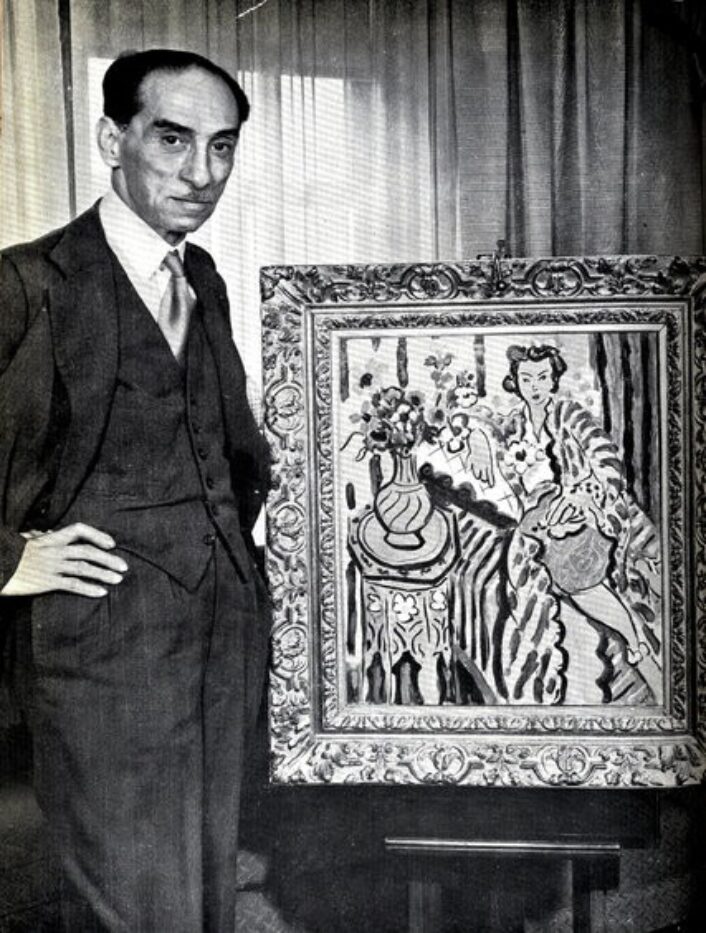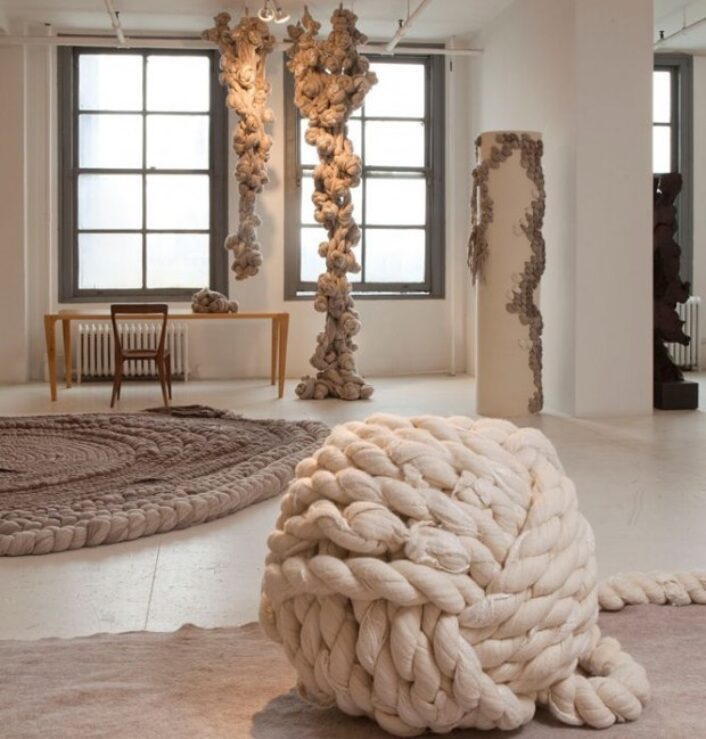Culture
Louvre explores collection in important provenance project
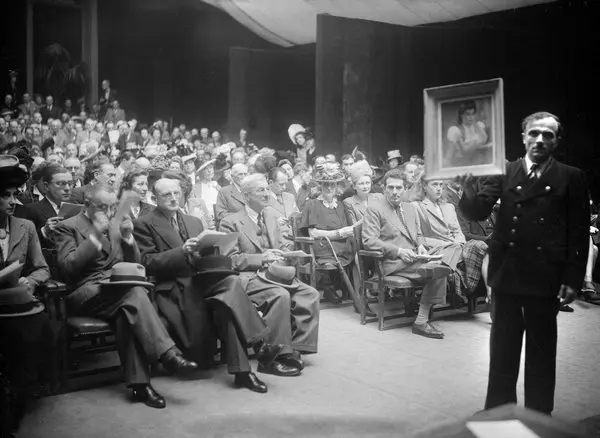
An auction at Galerie Charpentier, 1944. The art market was full of artwork belonging to the Jewish families who were forced to flee Vichy.
Image courtesy of: The New York Times, photographed by: Roger-Viollet
Today, many of the world’s top museums are conducting provenance research. Specifically, Paris’ Louvre is intent on ensuring that their collection is 100% “properly-owned.” This relevance came into the forefront of conversation because the museum is putting together an online catalogue that includes almost the entire collection of questionable pieces. The numbers are astounding… 485,000 object records were drawn from many internal databases. Making sure that all of the pieces were properly researched for provenance is vital; previously, only 30,000 works were exhibited in galleries open to the public.
Following WWII, many, many works were recovered in Germany and not returned to their rightful owners’ descendants. Listed officially in the Category of Musee National Recuperation (MNR), these works are managed by the Louvre and entrusted to French nation museums for “safe-keeping.”
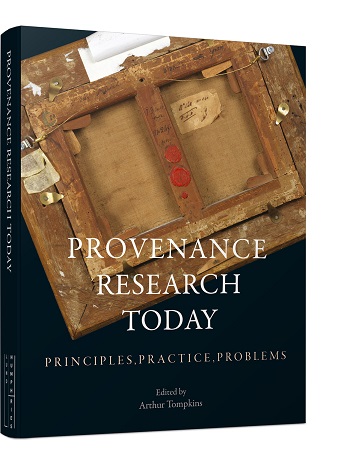
A new book on the subject published this year, “Provenance Research Today: Principles, Practice, Problems”
Image courtesy of: Art History News
About the artwork, the Louvre (courtesy of the new collection website), “is committed to carrying out research to find their rightful owners or beneficiaries.” Further cementing this is that in 2017, the museum opened two sites of MNR paintings with the hope of encouraging heirs to step forward and reclaim what is theirs.
Thus far, the Louvre has revised two-thirds of the almost 14,000 works acquired between 1935 and 1945. Once completed, the museum will add their findings to the new digital collection catalogue… this is a very important first step. Jean-Luc Martinez , the Louvre’s director, has said that the proper research will be extended to works that were acquired up until present day. This will help the establishment avoid the legal battles several other French museums are currently engaged in over potentially looted art purchased many years after WWII.
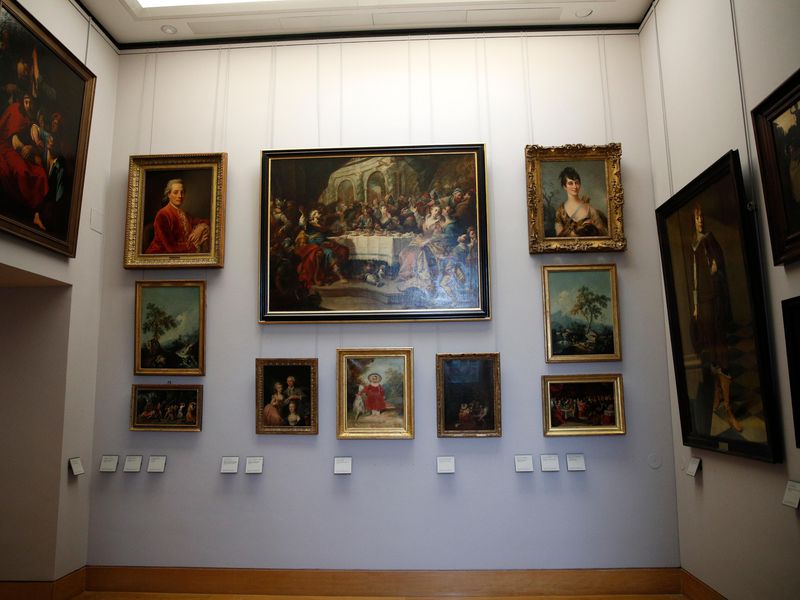
Two showrooms opened by the Louvre with 31 paintings which the museum hopes may be claimed by the proper heirs.
Image courtesy of: Smithsonian Magazine, photographed by: Christophe Ena
Martinez appointed a specialized scholar to lead this effort. Historically, France hadn’t been proactive in the restitution of Nazi-era looted art so this was an ambitious addition. The first step was proving the museum’s curators with the French law ordering the forced transfer of businesses owned by Jewish people… this included Parisian art galleries.
During the Nazi occupation, the Louvre made many questionable purchases in Paris’ busy art market. In addition, the museum held “New acquisitions, 1940-1945”, an exhibition of those recently purchased pieces. Thankfully in 1999, the museum was wielded into returning looted paintings that were recovered in Germany.
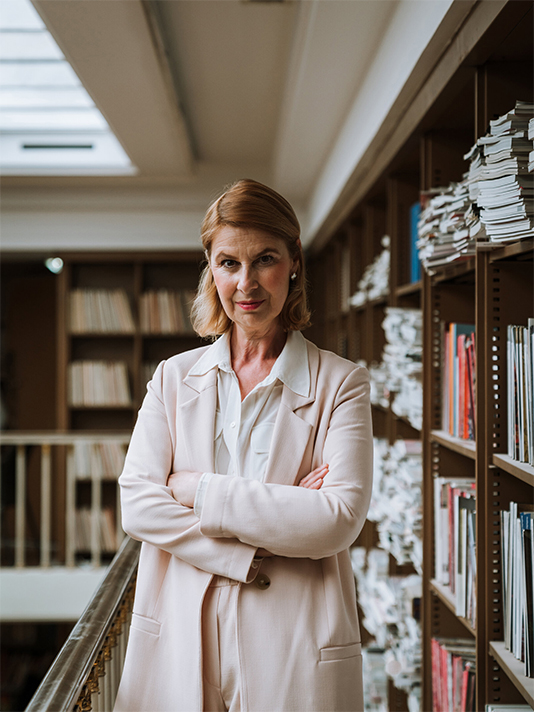
Emmanuelle Polack inside the Louvre’s archives.
Image courtesy of: The New York Times, photographed by: Joann Pia
Between 1940 and 1945, 100,000 items from France were looted by the Nazis; the majority of which came from homes of Jewish victims that were pillaged during France’s occupation. Many of the owners were forced to sell their art in order to survive. Just as frequently was that the owners were forced to simply abandon their beloved collection and flee. One specific case that has garnered a lot of attention was recently brought to light by Emmanuelle Polack, the Louvre’s “Art Sleuth.”
In June 1942, a four-day auction was conducted at the Savoy Hotel in Nice. During this time, buyers bid on sculptures, drawings, and paintings from “the cabinet of a Parisian art lover;” among which, the artists were Degas, Renoir, and Rodin. The persons in charge of the sale was appointed by the French collaborationist Vichy regime and Rene Huyghe, a curator of paintings at the Louvre. These two individuals knew that the “art lover “was a successful Parisian lawyer who also happened to be Jewish; his name was Armand Isaac Dorville.
With government funds on behalf of France’s national museums, Huyghe bought 12 lots from the collection. Coincidently, years later it was Polack who discovered the painting’s dirty history. Hired in 2020, Polack is head of the museum’s restitution investigations; she works along Sebastien Allard, the Louvre’s head of paintings. For years, Allard requested that the French art establishment work harder to find the owners and heirs of the stolen paintings. At present time, Polack is studying the provenance of several questionable paintings. She digs deepp into the Louvre’s thick files, auction catalogs, framing receipts, and correspondence in order to investigate how the art changed hands. Polack spends a lot of time on the reverse sides of the paintings, often this gives clues about sales, framers, and restorations that may lead back to the rightful owners. She says (courtesy of an article by Elaine Sciolino for The New York Times) “The backs of paintings can be very talkative.”
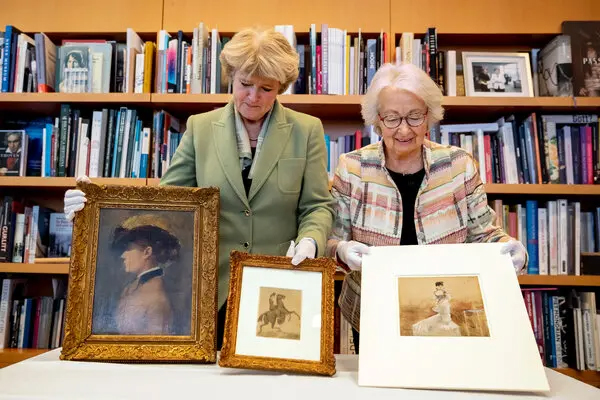
In early 2020 in Berlin, a ceremony with Monika Grütters, Germany’s culture minister, presenting looted works to Francine Kahn, Dorville’s grandniece.
Image courtesy of: The New York Times
Polack has a personal connection to her mission, her maternal grandfather was deported and killed in Buchenwald concentration camp and her paternal grandfather was a prisoner of war. It is a similar story for Francine Kahn, the 73-year-old grandniece of Dorville. She explains that her family’s reputation is at stake. She says, “This is not about money. We have a responsibility to honor the memory of the five family members who perished at Auschwitz.” We all do!

